Solo Paddling in the Yellowstone Backcountry
By Jim Gallagher
November, 2017
The blood-red sun rose over the ridge as a bald eagle chittered from the treetop along the shore of the big clear lake. In the distance, a pair of loons called in a duet. It could have been a scene from any of a hundred lakes in the Border Region in northern Minnesota, except that a bull elk bugled from the subalpine forest surrounding the lake and the elevation on my map read nearly 8,000 feet above sea level. Far from my Minnesota home, this fall I pointed my canoe into the backcountry of Yellowstone National Park.
As part of a visit to Montana and Wyoming, I planned a short paddling excursion into Yellowstone. Decades ago during a cross-country road trip I passed through the park. It was a good time to revisit our nation’s first National Park.
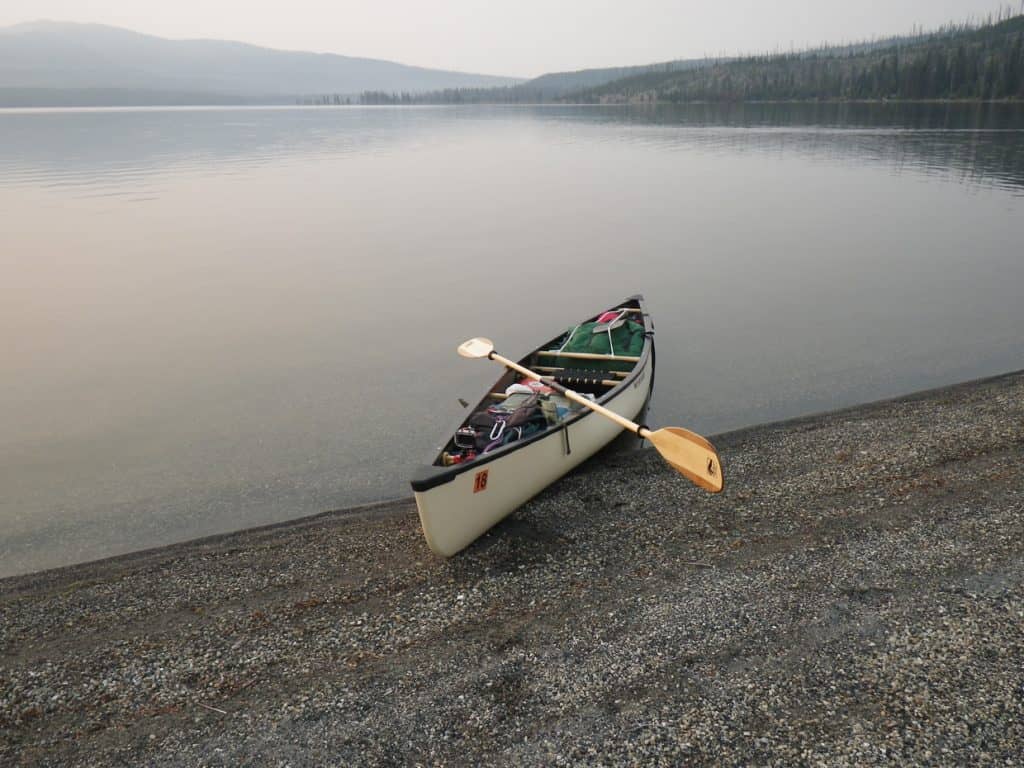
For a National Park that is crisscrossed with pristine rivers and some very large and deep lakes, there are only a few places where a paddler can venture out for a multi-night excursion. Nearly all rivers within Yellowstone are closed to any form of boating. Only Yellowstone and Shoshone Lakes allow boating and have access-by-water campsites.
Shoshone Lake is an 8,500 acre, non-motorized lake in Yellowstone’s backcountry. Over a dozen campsites dot the shoreline of this lake. The Lewis River flows from Shoshone into Lewis Lake which is the starting point for paddling into the backcountry. The five mile portion of the Lewis River between these two lakes is the only river section open to boating in Yellowstone – and then, only to non-motorized watercraft. Lewis and Shoshone Lakes are perched just below the Continental Divide and lie within the Yellowstone Caldera – the largest active volcano in North America. This geothermally active region gives rise to the many geyser basins that attract millions of people to the park each year.
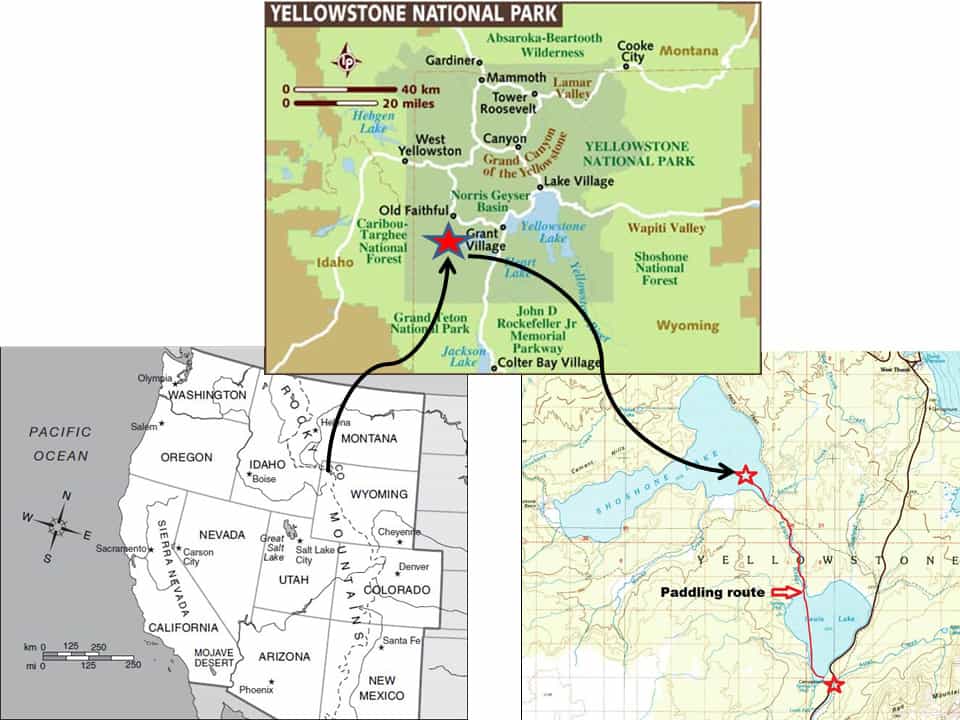
Going Alone
This trip was a rare solo paddling excursion for me. I can usually recruit a paddling partner, but this time I was alone. I used my Wenonah Vagabond canoe – a 14 and half foot solo canoe. I have been exclusively a single blade paddler – until this trip. I haven’t done much kayaking, nor do I own one. Wary of mixing styles, I have avoided adopting a double blade for canoeing.
The big lakes in Yellowstone have the reputation of quickly going from glass calm to a 3 foot roll in a wind. It seemed like there could be an advantage to using a double bladed paddle – for speed and for maintaining forward momentum in the wind.
After looking at my options, I decided on the Bending Branches Impression Solo 280 cm two-piece kayak style paddle. Made of basswood and red alder, this attractive paddle is designed for the solo canoeist. Hand-crafted in Osceola, Wisconsin, the paddle has a comfortable oval shaped shaft making it easy to grip while paddling. The two pieces join in the center with a snug carbon fiber snap button ferrule. The paddle is adjustable for two blade offset options – 0 and 60 degrees for left and right hand paddlers.
After thousands of miles of single-blade paddling, I brought along two single blade paddles to humor my doubts about changing my routine. One can’t be too careful about some things.
At first glance, the Impression Solo in the 280 cm length seemed like too much paddle for an average sized person. In use, I fell into an easy paddling rhythm. The paddle’s length let my arms swing in a natural motion without having to reach to get a bite of the water with the blade. While the paddle is also available in a 260 cm length, the longer paddle seemed perfect for me.
PHOTO GALLERY
Into the Backcountry
Lewis Lake was like a mirror when I got into my canoe. The eastern horizon was red in the impending dawn.
I made good time crossing the flatwater of Lewis Lake from the landing at the campground. As the sun rose, I paddled by a collection of steam vents and hot springs on the north shore of Lewis Lake. On the Lewis River, I stowed the kayak paddle when going up fast water sections and switched to my well-worn Aqua-Bound Edge whitewater paddle. When paddling was of no use against the current, I waded in knee deep water pulling the canoe along for about a mile to where Shoshone Lake began. The fast water that I pulled against would make my return trip down the Lewis River a lot faster.
When I reached Shoshone Lake, I saw an expanse of water that was as calm as a mill pond. This big lake, with a reputation for big winds, was kind to me during my visit. For the next three days, I wouldn’t see much more than a ripple on Shoshone.
Haze from forest fires in Montana led to spectacular sun rises and moon rises. Each orb blazed red as it arced across the sky.
The Shoshone geyser basin lies at the west end of Shoshone Lake. I wandered through the active geyser basin on a foot path – completely alone – away from the crowds of tourists and motor homes. The only ways to visit this geyser basin are to walk in miles on a network of backcountry trails or paddle in as I had.
Steam vented from fumaroles and water smelling of rotten eggs boiled out of the ground. Several geysers spouted as if cued by a director watching from behind a tree somewhere. In the ground below my feet, the heat of an active volcano powered my own personal special effects show. It was a magical place.
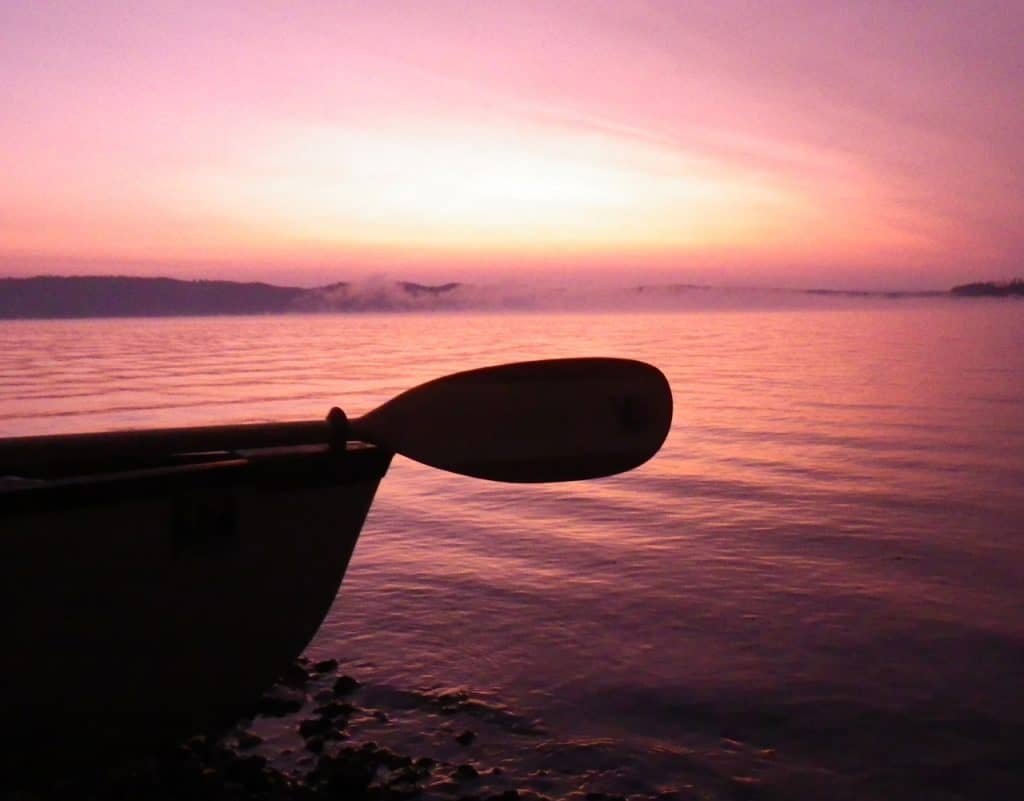
Coming Home
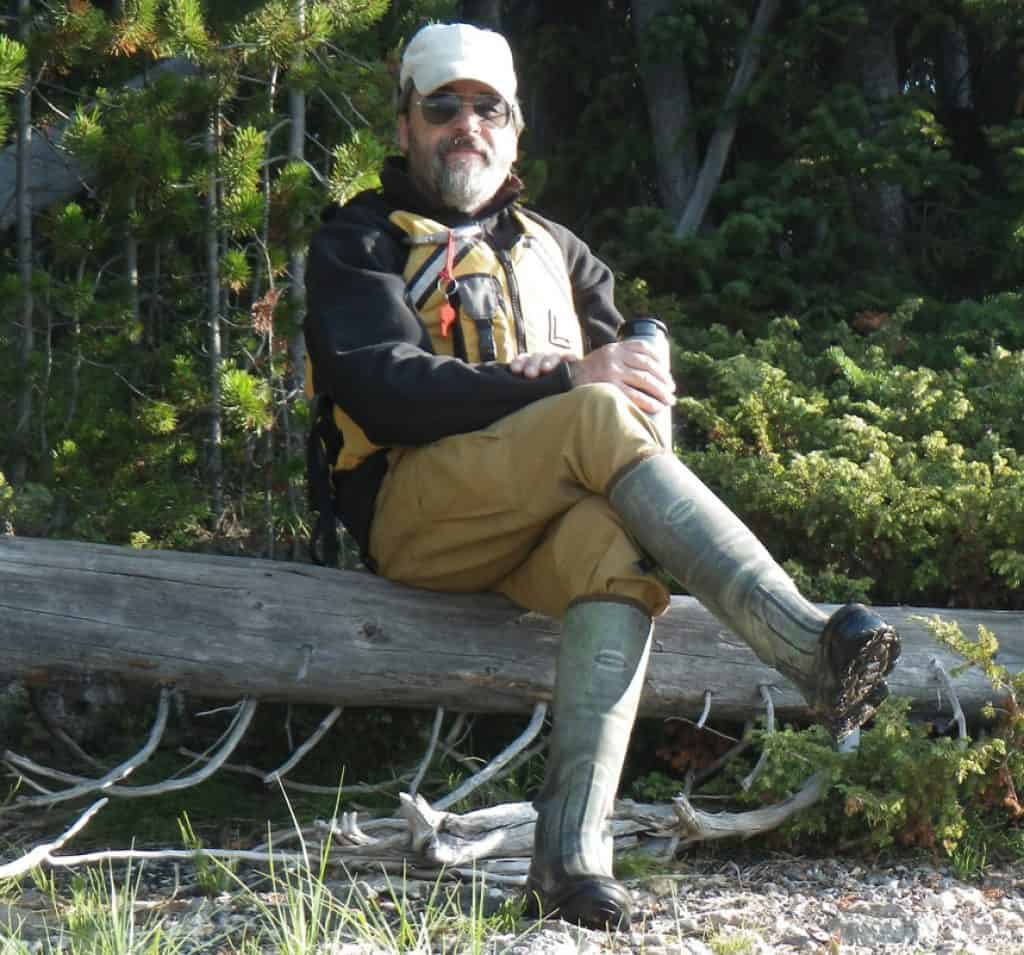 I paddled over 40 miles during my 3 day solo trip into Shoshone Lake. I put to rest my doubts about using a double-bladed paddle. The Bending Branches Solo paddle made my journey easier. I knew it would help me push through a bit of wind if I encountered any. Having been wind-bound for days at a time on far north paddling trips, I was thankful to have easy traveling on calm waters.
I paddled over 40 miles during my 3 day solo trip into Shoshone Lake. I put to rest my doubts about using a double-bladed paddle. The Bending Branches Solo paddle made my journey easier. I knew it would help me push through a bit of wind if I encountered any. Having been wind-bound for days at a time on far north paddling trips, I was thankful to have easy traveling on calm waters.
The deep clear water and the calls of loons on Shoshone Lake felt comfortable – like many lakes that I have paddled in Minnesota. The novelty of paddling within an active volcano on a high elevation lake made my trip memorable. A new destination became familiar – familiar like home.











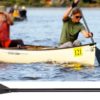
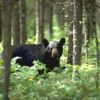












Did you see any bears? Fishing? How was your paddle out?
No bears. I went prepared with bear spray and I used the pole to hang my food. I didn’t fish, but I should have. Shoshone has non-native lake trout (which were reported to be biting well at that time), and other species of trout.
The paddle out went well. The Lewis River pushed me along, and I had no issues with wind.
Shoshone Lake is a spectacular paddle/camp. None of the camp sites are within sight or hearing distance of any other making it feel like you have the lake to yourself. As noted you walk through one of the most active geyser basins in the world solo with no boardwalks, fences or warning signs.
There is always a danger on alpine likes of sudden high wind gusts, so caution is required. The return paddle across Lewis Lake after noon is usually into a quite stiff wind.
I lucked out on the return trip – not much wind going across Lewis. Since the Park Service requires you to stay at specific, reserved campsites, you don’t have much flexibility if you have wind issues. In the BWCAW in Minnesota at least you can alter your plans and find another site.
Nice article…well written. When did you take your trip?
Thanks Vern. I took this trip this year – September 2017.
Thanks Vern. I took this trip this September 2017.